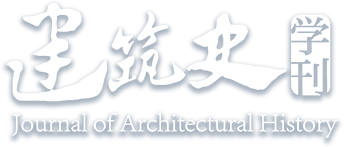Abstract:
Based on literature review and site investigation, this paper presents a comprehensive study of the historical background and landscape features of the Duiyun Jicui Bridge. Firstly, it examines the historical development of the bridge, with particular emphasis on the reconstruction carried out in the eighth year of the Qianlong reign (1743), which serves as a crucial dividing line. During its early stage, the bridge existed as a straight structure, while in its later stage it transformed into a folded bridge. Furthermore, it conducts an in-depth analysis of the scenic characteristics of the Duiyun Jicui Bridge. The Bridge holds dual significance as an ornamental object on the Taiye Lake, where it enhances the visual appeal and becomes an integral part of the overall landscape. Moreover, it serves as a viewing location in front of Qionghua Island, providing an elevated vantage point for observing the surrounding scenery. Additionally, the Duiyun Jicui Bridge plays a significant role as an essential organizer of the scenic pattern within the Taiye Lake area of Beihai. Crossing the bridge allows visitors to experience a dynamic interplay of changing landscapes. It also invesitagtes the symbolic meaning of the bridge as a representation of a fairy bridge in detail. Finally, the paper summarizes the bridge landscape pattern. By utilizing the bridge as a starting point, this research explores the holistic perspective of Eastern civilization wisdom evident in ancient garden design. It provides essential references for the construction of contemporary living environments and fosters cultural confidence.


 下载:
下载: